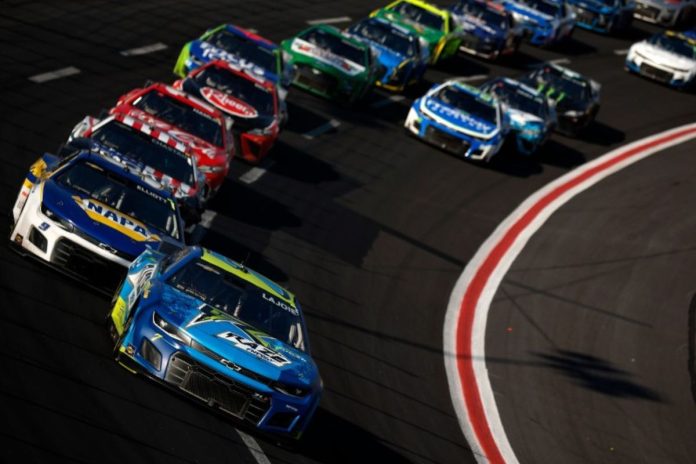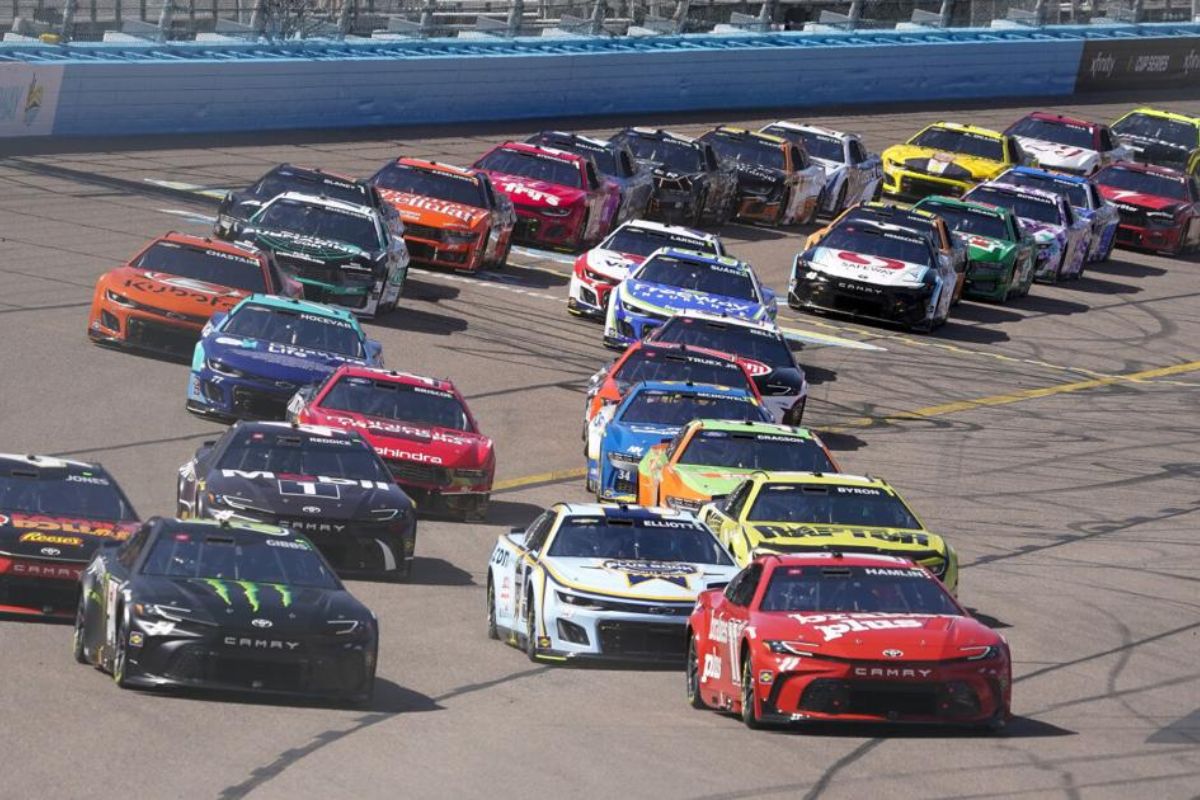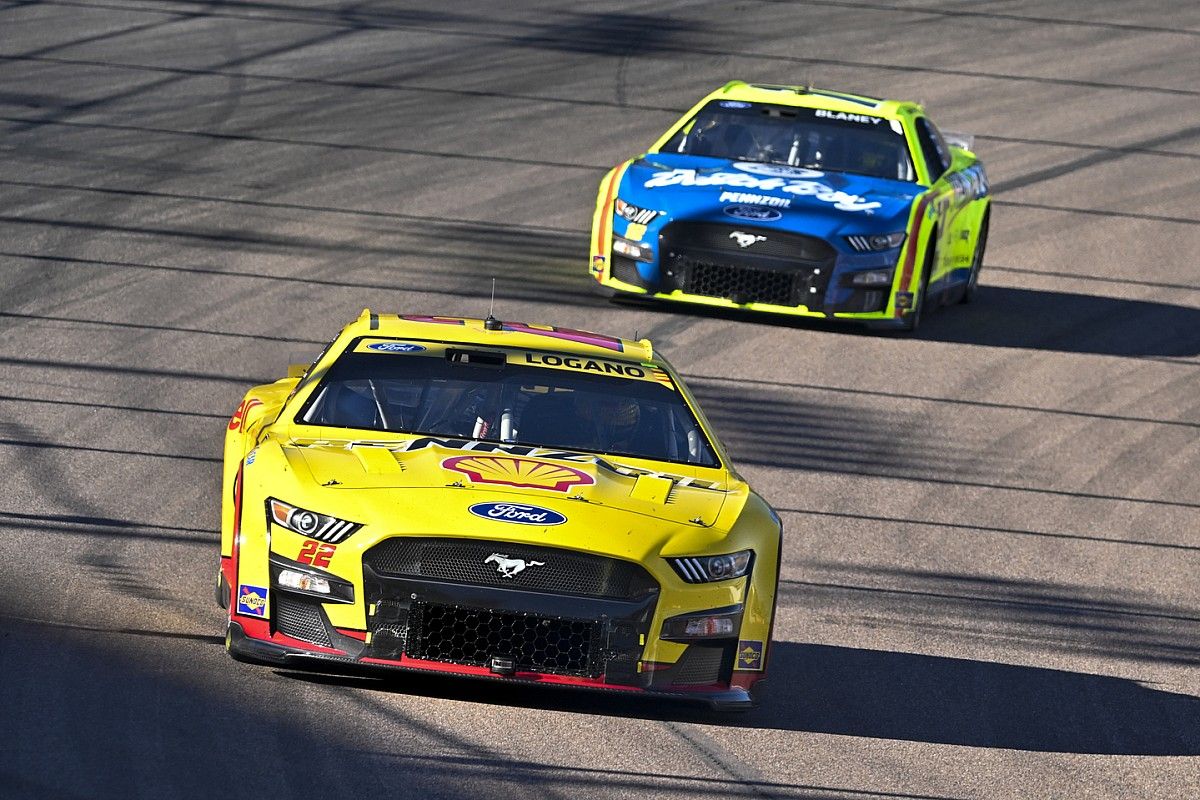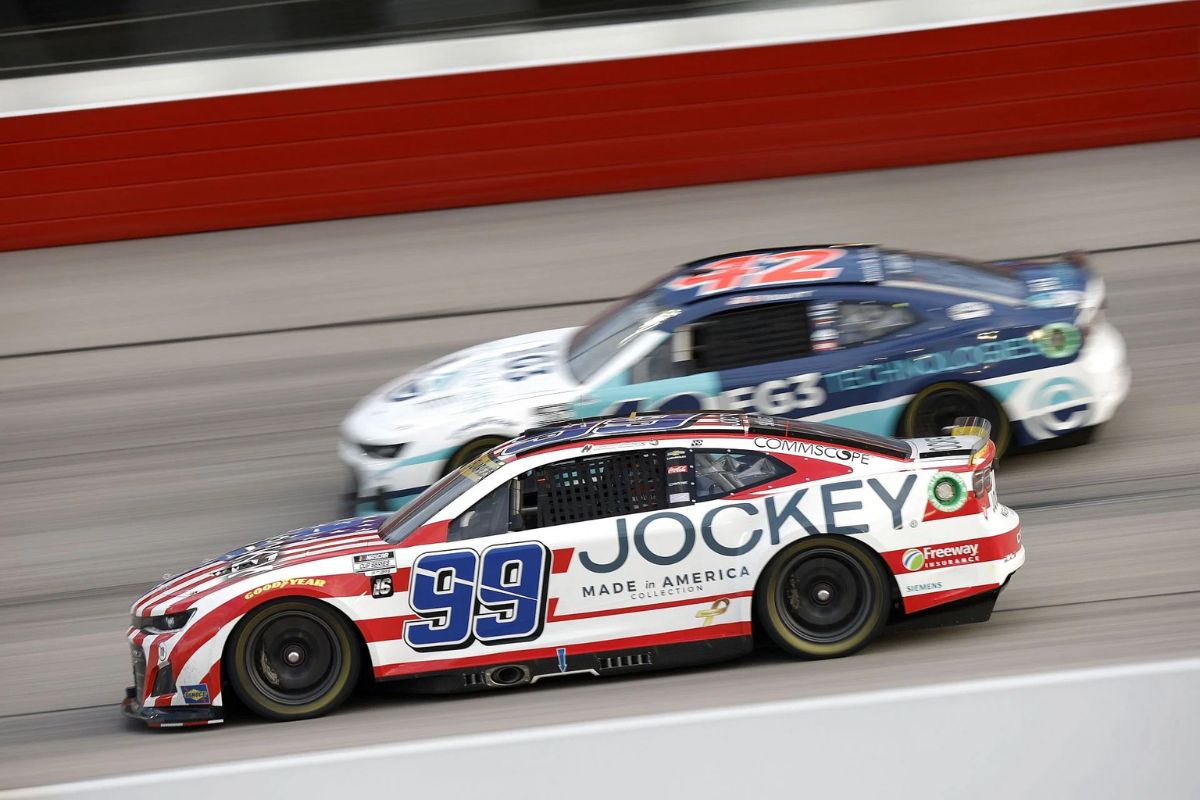NASCAR in Talks for New Manufacturer Entry: As NASCAR approaches a crucial moment with the potential inclusion of a new manufacturer, as indicated by Elton Sawyer, the strategic implications for the sport are profound. This development could greatly alter the competitive dynamics, introducing new technologies and strategies into the already intricate mix of high-speed racing. The integration of a new OEM not only promises to improve the spectacle but also poses a series of technical and regulatory challenges that must be carefully managed.
Key Takeaways
- NASCAR is actively negotiating with a potential fourth OEM to join the series.
- A new manufacturer could bring innovation and fresh competition to NASCAR.
- Discussions focus on aligning the new OEM’s vision and technology with NASCAR’s current standards.
- The entry of a new OEM is anticipated to expand NASCAR’s market and enhance its appeal.
- Stakeholder feedback, including from figures like Dale Earnhardt Jr., underscores the importance of these talks.
NASCAR’s Critical Juncture
As NASCAR approaches the 2024 season, it finds itself at a pivotal point, necessitating significant changes to address burgeoning issues and propel its expansion ambitions forward. Amidst different operational challenges, the spotlight shines intensely on the performance of the short-track package and prevailing tire issues. These elements are vital as they directly impact race quality and safety, factors that are paramount in retaining fan engagement and ensuring the integrity of the sport.
The critique from prominent figures such as Dale Earnhardt Jr., particularly concerning the Charlotte Roval, highlights the urgency for NASCAR to reevaluate and refine its race setups. Earnhardt’s voiced concerns reflect a broader sentiment within the NASCAR community, suggesting that the current configurations may not be optimizing the spectator experience. This feedback is invaluable as it provides direct insights from experienced stakeholders who are deeply intertwined with the sport’s ecosystem.
Addressing these issues is not merely about making incremental improvements but is crucial for maintaining NASCAR’s competitive edge and marketability. The organization must utilize advanced analytics and feedback mechanisms to diagnose the precise shortcomings of the current packages and implement targeted enhancements.
Progress Towards a Fourth OEM
NASCAR’s pursuit of a fourth Original Equipment Manufacturer (OEM) has intensified, with Elton Sawyer, the Vice President of Competition, recently revealing ongoing negotiations on the Dale Jr Download podcast. This move is a crucial part of NASCAR’s strategy to diversify and improve the competitive dynamics of the series. Bringing in a new manufacturer not only promises to infuse fresh energy and innovation but also stimulates broader fan engagement and sponsor interest.
“I think it’s um, it is conversation. I think to your point, this car, a lot of thought and design went into it. We have great partners at Chevy, Ford, and Toyota…(…)…but we need a platform that will invite some new OEMs to come and participate. They love the next-gen car. (But) The one thing that they’re not going to do is they’re not going to build a V8 pushrod engine.”
“That’s the conversations that our folks John Probst and OD and that group have had. That’s a deal breaker right there.” – Sawyer
The critical discourse surrounding this development hinges on the technical and cultural alignment with potential OEMs. The traditional NASCAR push-rod V8 engine presents a unique challenge, appealing to purists but possibly deterring new entrants accustomed to more modern or diverse powertrain technologies.
Challenges with the Next-Gen Car and Engine Requirements
The introduction of the Next-Gen car has brought to light significant challenges related to engine specifications and the integration of sustainable fuel technologies. As NASCAR evolves, the traditional push-rod V8 engine, a staple of stock car racing, confronts modernity’s demands. This engine, while renowned for its durability and power, fails to align with the growing environmental consciousness and the technological expectations of potential new Original Equipment Manufacturers (OEMs).
Moreover, the push for increased horsepower alongside sustainable fuel options complicates the adaptation process. The Next-Gen car’s chassis is commendably adaptable, designed to accommodate future innovations; however, the engine compartment presents a significant bottleneck. The integration of advanced propulsion technologies, such as hybrid systems or advanced combustion techniques that can utilize biofuels or synthetic fuels, requires not just mechanical redesign but also a paradigm shift in engine conceptualization.
Implications for New OEMs and Existing Manufacturers
Often, the financial and technical demands of NASCAR’s current engine setup represent a formidable barrier for new OEMs contemplating entry into the series. The naturally aspirated push-rod V8 configuration, deeply rooted in NASCAR’s tradition, is not only a significant financial undertaking due to development and maintenance costs but also a technical challenge divergent from many modern automotive technologies that new manufacturers might be more familiar with. This setup, while iconic, necessitates a high level of commitment and adaptation from new entrants, potentially deterring innovation-minded global OEMs who operate with different technological standards.
For the existing manufacturers within NASCAR, the introduction of new OEMs under the current engine specifications could stimulate a dynamic shift. Established players might face increased competition, not only regarding performance but also in marketing appeal and audience engagement. This could lead existing manufacturers to escalate their technological advancements and strategic partnerships to maintain or augment their market position within the series.
Moreover, the entry of new OEMs could catalyze a broader diversity in engineering approaches and sponsorship strategies, enriching the competitive landscape of NASCAR. It could also expand the fan base by attracting a global audience more familiar with these new entrants than with the traditional NASCAR brands.
Adapting to New Engine Configurations
Adapting engine configurations to include turbocharged or hybrid technologies involves a complex interplay of innovation, regulation, and performance optimization. As NASCAR contemplates this shift from the traditional push-rod V8 setup, the intricacies extend beyond mere technical adjustments; they explore strategic regulatory frameworks designed to level the playing field for both incumbent manufacturers and potential new entrants. This juncture represents a crucial moment in the sport’s history, requiring a delicate balance between advancing technological frontiers and maintaining the competitive integrity that has long defined NASCAR.
“Well, you know, they’re on a different- they’re turbocharged, you know, so we’ve got to be prepared from the sanctioning body, very similar to our sister company at IMSA, and how does the balance of performance work. I mean, we’ve for 75-plus years we’ve raced the same type of engine.”- sawyer
The introduction of turbocharged or hybrid engines brings to the fore a myriad of technical challenges. These engines, characterized by their efficiency and potential for reduced emissions, necessitate a reimagining of NASCAR’s current vehicle dynamics and race strategy. The engineering teams must recalibrate power outputs, fuel consumption rates, and thermal management systems to optimize performance without sacrificing reliability under the grueling conditions of NASCAR races.
Moreover, NASCAR must establish a robust regulatory framework that guarantees these new engine configurations do not disrupt the competitive balance. This involves setting precise specifications for engine displacement, boost limits, and energy recovery systems, among other parameters. Such regulations must be carefully crafted to prevent any single manufacturer from gaining an undue advantage, thereby preserving the close, wheel-to-wheel racing that fans cherish.
The Future of NASCAR’s Engine Evolution
As NASCAR navigates the potential phase-out of the iconic push-rod V8 engine, the sport faces vital decisions that will shape its technological landscape and competitive ethos for years to come. The introduction of new Original Equipment Manufacturers (OEMs) necessitates a reevaluation of engine configurations to foster a more inclusive and technologically diverse competition arena. This evolution, while pointed towards modernization and sustainability, must carefully balance tradition with innovation.
The push for new engine types is not merely a nod to modern automotive trends but a strategic move to lower barriers of entry for new participants. This inclusivity could potentially broaden NASCAR’s appeal and marketability. Yet, the shift from the deeply ingrained V8 culture to more varied powertrains involves complex technical recalibrations and regulatory adjustments. Each step must make certain that the competitive parity, a cornerstone of NASCAR’s appeal, is not compromised.
News in Brief: NASCAR in Talks for New Manufacturer Entry
The arrival of a new manufacturer into NASCAR marks a crucial moment for the sport, signaling a phase of technological innovation and competitive diversification. Successful integration hinges on addressing the compatibility with Next-Gen vehicle specifications and engine configurations, thereby ensuring fair competition.
This expansion not only revitalizes the NASCAR landscape but also highlights the sport’s ongoing evolution and adaptability in response to dynamic automotive technologies and market forces, promising a strong future for all stakeholders involved.
Our Reader’s Queries
Q. What is the next manufacturer to enter NASCAR?
A. Potential new engine regulations might emerge for the NASCAR Cup Series by 2026 or 2027, potentially opening the door for another manufacturer to join Chevrolet, Ford, and Toyota. Honda has been a focal point of speculation in the garage, emerging as the leading candidate to enter the top echelons of Stock Car racing.
Q. Is NASCAR getting a new manufacturer?
A. NASCAR has been engaging in talks with Honda, aiming to convince the Japanese powerhouse to become the fourth manufacturer in the league, alongside Chevrolet, Toyota, and Ford. Laukes also hinted at Hyundai as a potential contender, seeing NASCAR as an attractive marketing avenue. The dialogue underscores NASCAR’s proactive approach in courting new manufacturers.
ALSO READ: Crown Royal Purple Bag Project 200 Entry List: Exciting Lineup!





